Edward Hopper, born on July 22, 1882, in Nyack, a picturesque town on the Hudson River, is widely regarded as one of the most influential American realist painters of the 20th century. His works, characterized by their stark lighting, evocative moods, and profound sense of isolation, have left an indelible mark on the art world. Hopper’s ability to capture the essence of American life—both its quiet beauty and its underlying melancholy—has made him a timeless figure in the realm of modern art. This article delves into Hopper’s life, his artistic journey, and the enduring legacy of his work.
Early Life and Artistic Beginnings
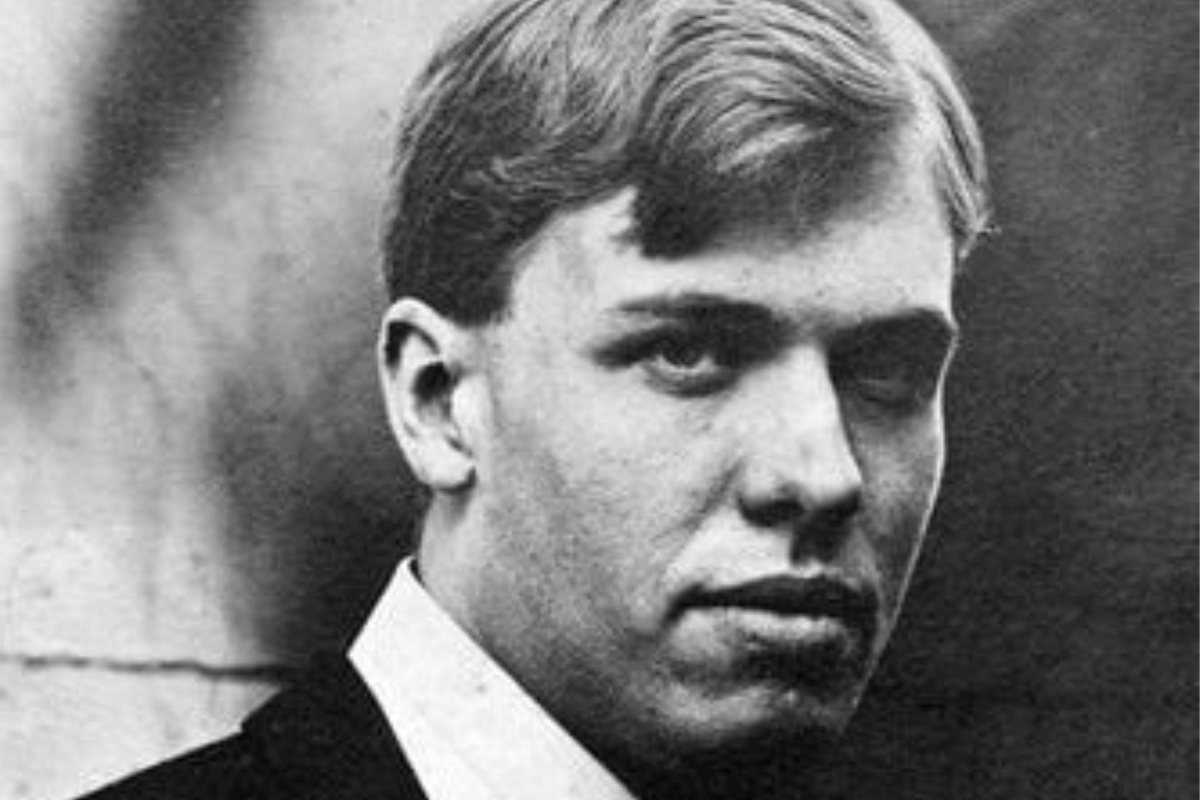
Edward Hopper’s artistic journey began in the small town of Nyack, New York, where he was raised in a middle-class family. His parents, Garret Henry Hopper and Elizabeth Griffiths Smith, encouraged his early interest in art, providing him with materials and support. Hopper’s childhood was marked by a fascination with the Hudson River and the surrounding landscapes, which would later influence his artistic themes.
Hopper’s formal art education began at the New York School of Art (now known as the Parsons School of Design), where he studied from 1900 to 1906. His teachers included prominent artists such as William Merritt Chase, Kenneth Hayes Miller, and Robert Henri. Henri, in particular, had a profound impact on Hopper’s artistic philosophy. A co-founder of The Eight, Henri advocated for realism and encouraged his students to find inspiration in everyday American life. This lesson would shape Hopper’s career and artistic vision.
The Parisian Influence
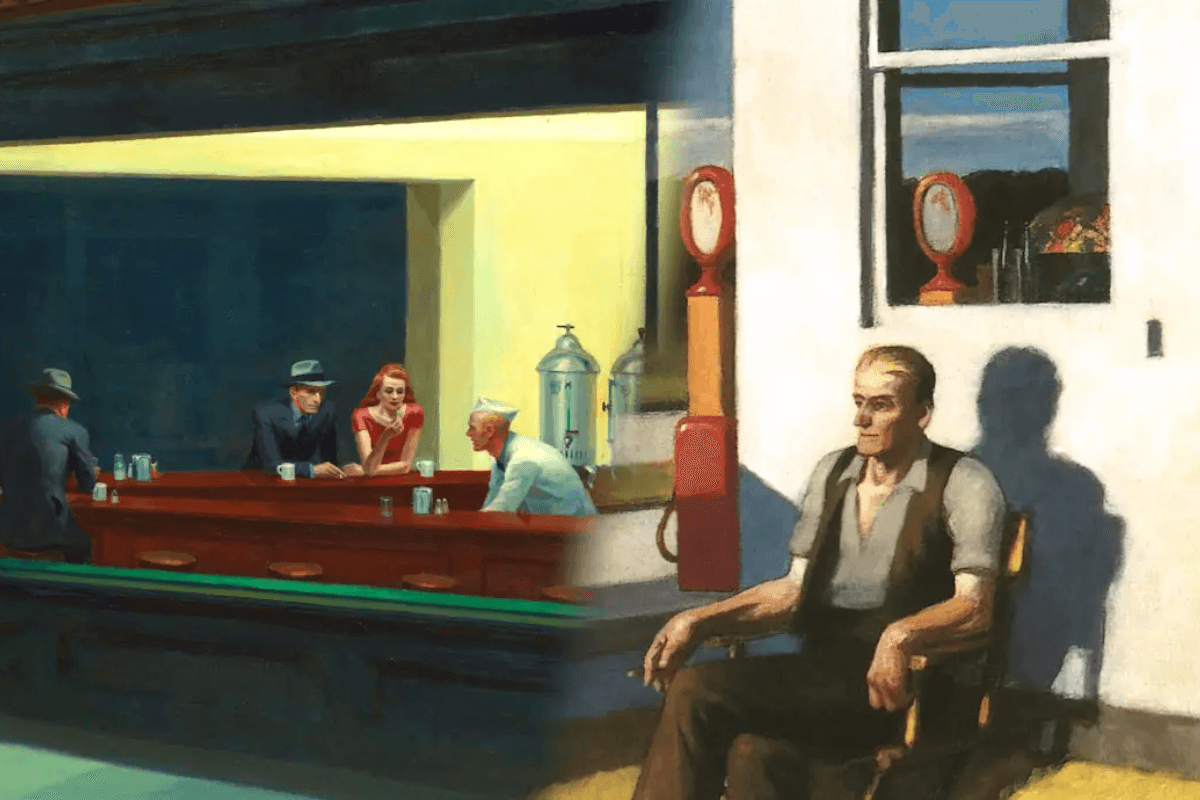
In 1906, Hopper traveled to Paris, a city that was then the epicenter of the art world. Unlike many of his contemporaries, Hopper did not enroll in formal art academies during his stays in Paris. Instead, he immersed himself in the city’s museums and streets, absorbing the techniques of European masters like Rembrandt, Vermeer, and Manet. The light and atmosphere of Paris left a lasting impression on Hopper, as he later recalled, “The light was different from anything I had known. The shadows were luminous, more reflected light. Even under the bridges, there was a certain luminosity.”
Hopper returned to Paris twice more, in 1909 and 1910, but his stays were brief. During these trips, he traveled to other European cities, including Amsterdam, London, Brussels, Berlin, Madrid, and Toledo. In the Netherlands, he discovered Vermeer, whose mastery of light and intimate interiors deeply influenced him. Among French painters, Hopper was particularly impressed by Manet, Degas, Pissarro, and Sisley, but the work of Monet, Cézanne, and Van Gogh had the most profound impact on his artistic development.
Struggles and Breakthroughs
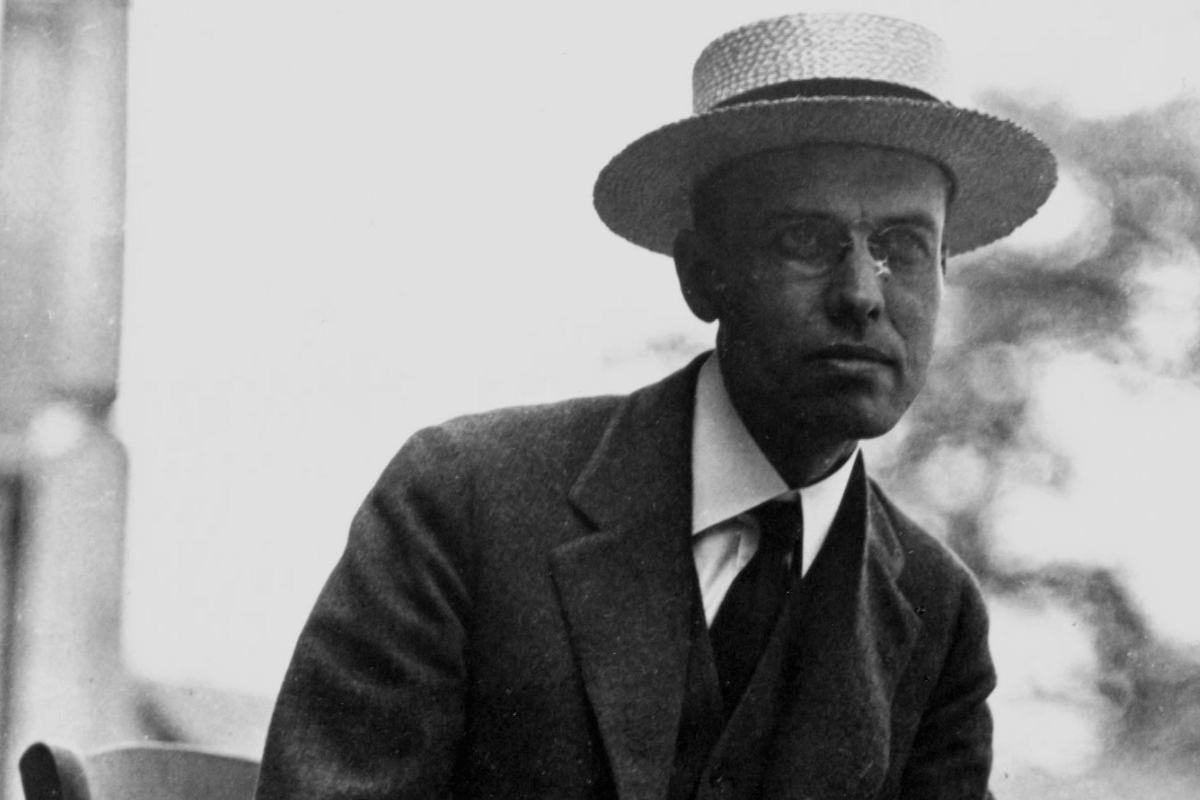
Upon returning to the United States, Hopper struggled to gain recognition in the competitive New York art scene. He worked as a commercial illustrator to make ends meet, a job he found unfulfilling but necessary. Despite these challenges, Hopper continued to develop his unique style, blending elements of Impressionism with his growing interest in realism. His early works, such as Sailing (1911), showcased his ability to capture light and atmosphere, but it was his mastery of etching that first brought him commercial success.
The 1920s marked a turning point in Hopper’s career. In 1920, he held his first solo exhibition at the Whitney Studio Club, which, although not financially successful, was a symbolic milestone. By 1924, his second solo exhibition at the Frank K. M. Rehn Gallery was a resounding success, with every painting sold. This exhibition solidified Hopper’s reputation as a leading American artist.
Iconic Works and Themes
![]()
Hopper’s mature style is defined by its clarity, precision, and emotional depth. His paintings often depict urban and rural scenes imbued with a sense of stillness and solitude. Works like House by the Railroad (1925), the first painting acquired by the Museum of Modern Art, and Nighthawks (1942), his most famous piece, exemplify his ability to convey the complexities of modern life.
Nighthawks, in particular, has become an enduring symbol of urban alienation. The painting depicts four individuals in a brightly lit diner late at night, each lost in their own thoughts. The absence of interaction among the figures and the stark contrast between the diner’s interior and the dark, empty street outside evoke a profound sense of loneliness. This theme of isolation resonates throughout Hopper’s work, reflecting the anxieties of 20th-century America.
Personal Life and Creative Partnership
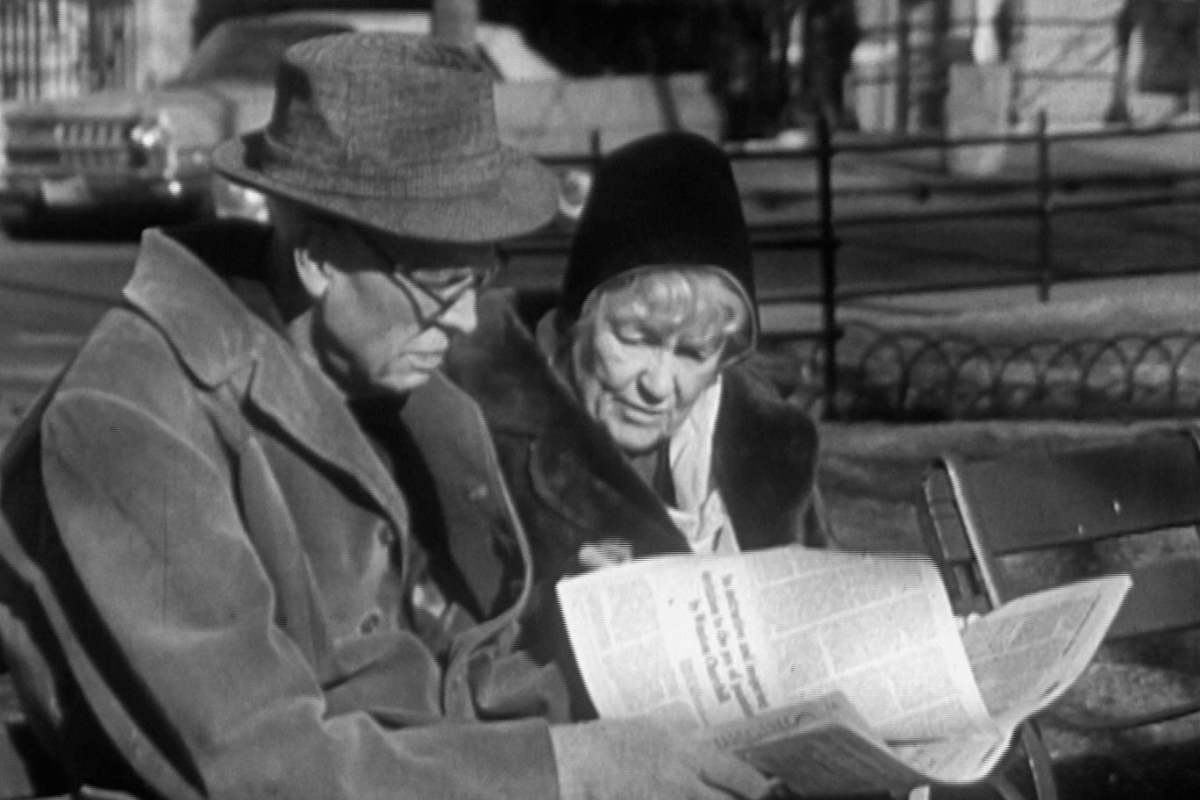
In 1923, Hopper married Josephine Verstille Nivison, a fellow artist and former classmate. Jo, as she was known, became an integral part of Hopper’s life and work. She posed for nearly all of his female figures and played a crucial role in managing his career, documenting his works, and encouraging him to explore new mediums like watercolor. Their partnership, though often tumultuous, was a cornerstone of Hopper’s artistic output.
Later Years and Legacy
Throughout the 1930s to the 1950s, Hopper and Jo spent their summers in Cape Cod, Massachusetts, where they built a home in Truro. The New England landscape became a recurring subject in Hopper’s work, alongside his explorations of urban settings and the American Southwest. Despite the rise of Abstract Expressionism in the mid-20th century, Hopper remained committed to realism, earning both critical acclaim and popular admiration.
Hopper’s influence extends far beyond his lifetime. His ability to capture the essence of American life has inspired generations of artists, filmmakers, and writers. Directors like Alfred Hitchcock and David Lynch have cited Hopper’s work as a visual influence, while contemporary realist painters continue to draw inspiration from his mastery of light, composition, and mood.
Some iconic paintings by Edward Hopper
-
Nighthawks (1942) Edward Hopper’s “Nighthawks” is a quintessential portrayal of urban loneliness. This masterpiece depicts a late-night diner scene bathed in eerie fluorescent light, capturing a sense of isolation and introspection.

-
Morning Sun (1952) “Morning Sun” by Edward Hopper portrays a woman sitting on an unmade bed, gazing out of a window in quiet contemplation. The play of sunlight creates a mood of solitude and introspection, characteristic of Hopper’s introspective style.

-
New York Movie (1939) In “New York Movie,” Hopper captures the essence of 1930s cinema culture. The painting shows a cinema usherette standing in the theatre’s grand lobby, illuminated by the glow of the screen. It evokes a sense of longing and nostalgia for a bygone era.
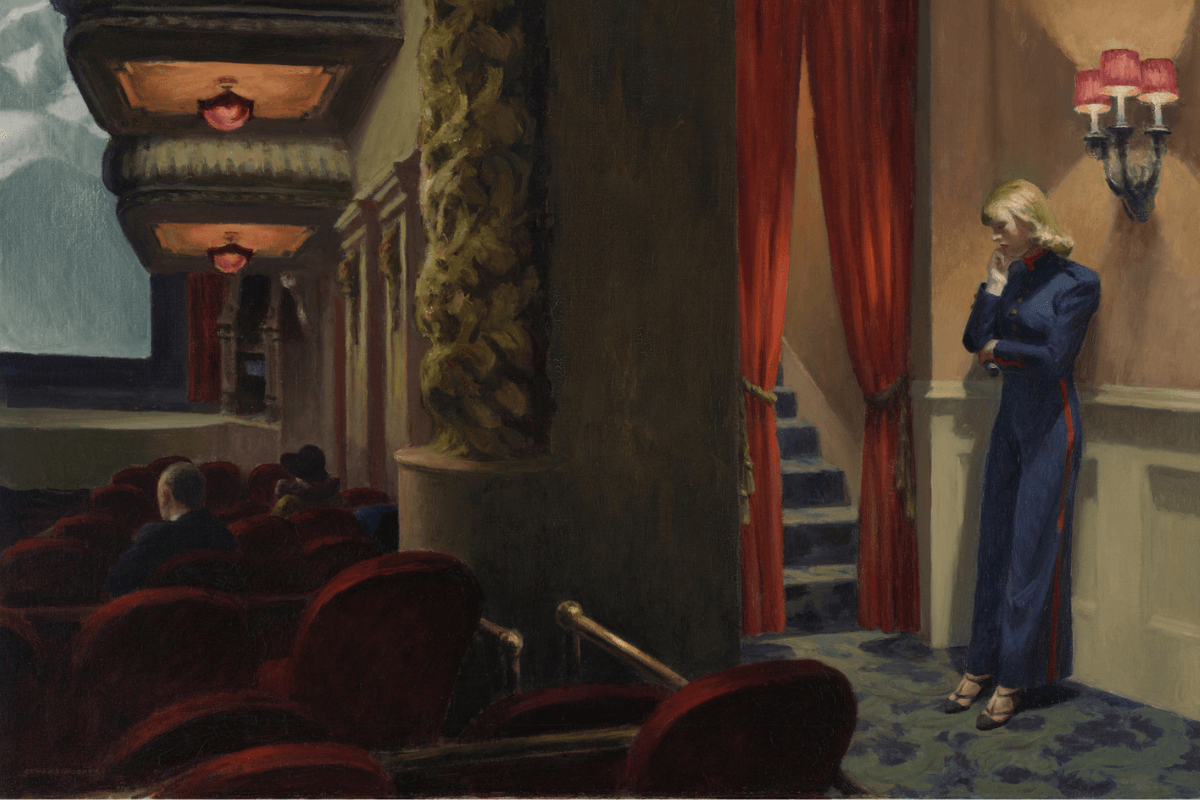
-
Automat (1927) “Automat” portrays a lone woman sitting at a table in a New York City automat, lost in thought. The stark lighting and modern setting emphasize themes of urban alienation and the anonymity of city life, hallmarking Hopper’s ability to evoke emotional depth through everyday scenes.

-
Gas (1940) “Gas” depicts a gas station at night, bathed in a stark, artificial light. The painting’s sharp contrasts and geometric forms emphasize the isolation of the gas station attendant, embodying Hopper’s fascination with the solitude and anonymity of modern urban life.

Conclusion
Edward Hopper’s art transcends time, offering a window into the soul of America. His paintings, with their quiet intensity and emotional depth, continue to resonate with audiences worldwide. From the luminous streets of Paris to the desolate landscapes of New England, Hopper’s work reminds us of the beauty and complexity of everyday life. As we reflect on his legacy, it is clear that Edward Hopper was not just a painter of scenes but a poet of the human condition.

 Français
Français Tiếng Việt
Tiếng Việt
